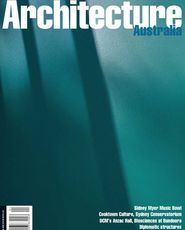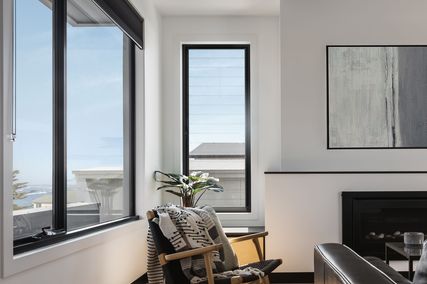Pundits predict that insurance companies will increasingly become the policeman of who can and can’t practice architecture over the next few years. Compulsory professional indemnity (PI) insurance is increasingly likely to be a feature of more statebased legislation in the future, whether under building acts, architects acts or fair trading regulations. While architects are, thankfully, not one of the professions reported to be in “PI crisis”, such as valuers, doctors, obstetricians and some engineers, there is expected to be a 20-30% rise in premium costs next year due to the general insurance climate and previous loss ratios.
Such is the sensitivity of premiums to the aggregated risks of the professional “pool”, that it would only take a handful of major claims involving large payouts to upset the pool and kick premiums up for everybody. Therefore, it is vital that architects manage their risks and ensure systems are in place to minimise mistakes and oversights. The professional duty of care for architects is now well established by case law. However, “unregistered architects” or self-employed “building designers”, with or without qualifications, and particularly those who commonly provide partial services, such as drafting designs, may well face a tumultuous time ahead.
Recent statements and media releases suggesting that “building designers” provide the same services as architects and attain the same competencies, may, perhaps unintentionally, have significant future bearing on the duty of care owed by draftsmen, part-trained designers and other “building designers” when claims for professional negligence arise. In the past, the level of care in many non-architect groups has been in an exposure shadow. The lower levels of care and responsibility, and therefore lower insurance premiums which unregistered designers and draftsmen once claimed were in their favour, may soon evaporate when these new competency comparisons are referred to in negligence claims by panel solicitors and litigants.
RAIA members should continue to avoid, wherever possible, circumstances that could lead to a negligence claim. They should also avoid entering into unconscionable contracts, which allocate unacceptable risks. Of particular concern is fee bidding for partial services. And according to claims history, small practices and sole operators are the most at risk.
The most effective area of improvement is to ensure sufficient time is made to check and double check all documents before they leave the office. Insurers will tell us, virtually all mistakes are avoidable through thorough checking.
Graham Jahn FRAIA
RAIA National President















